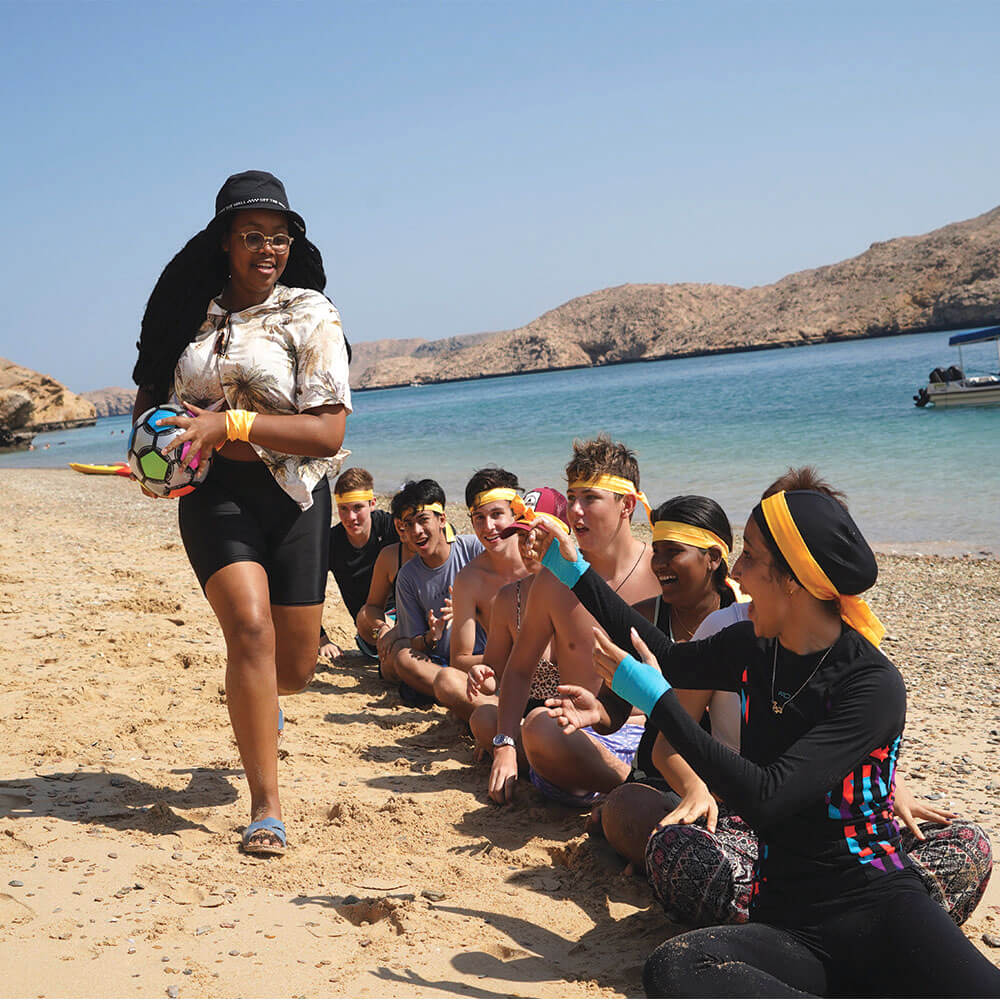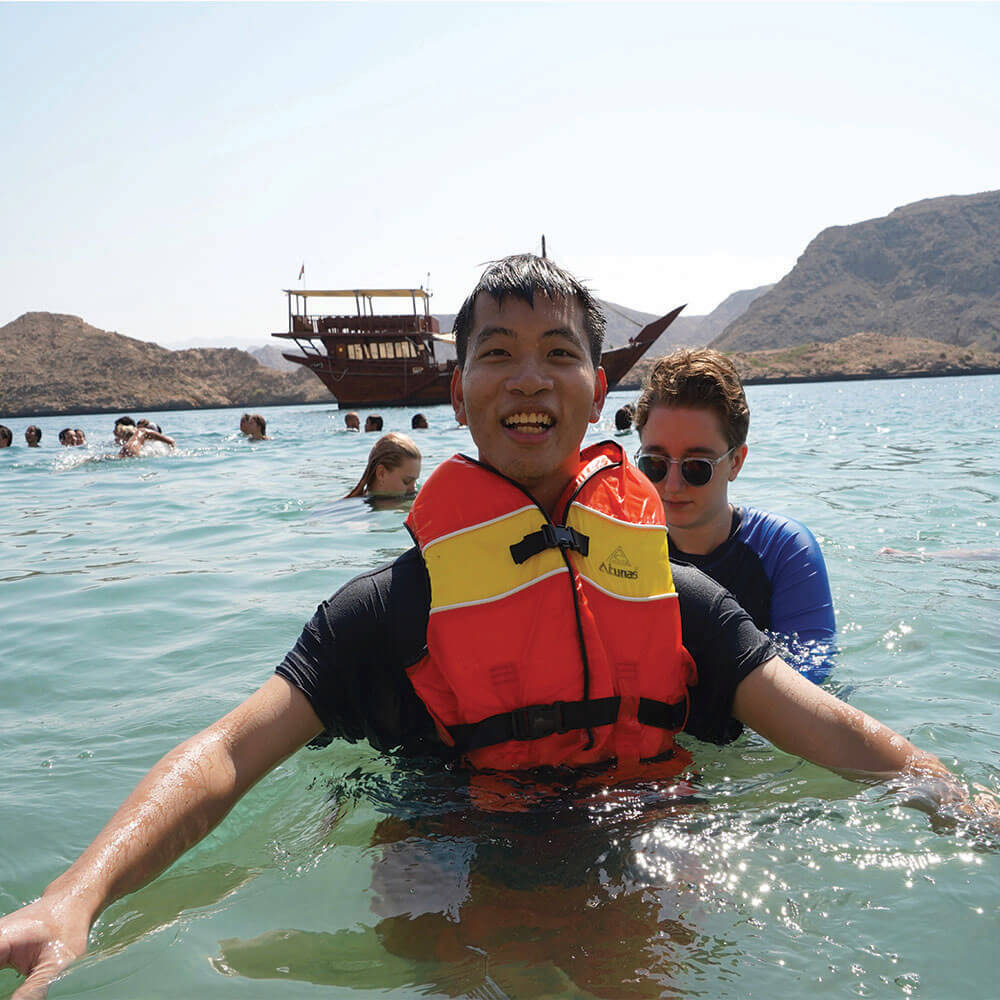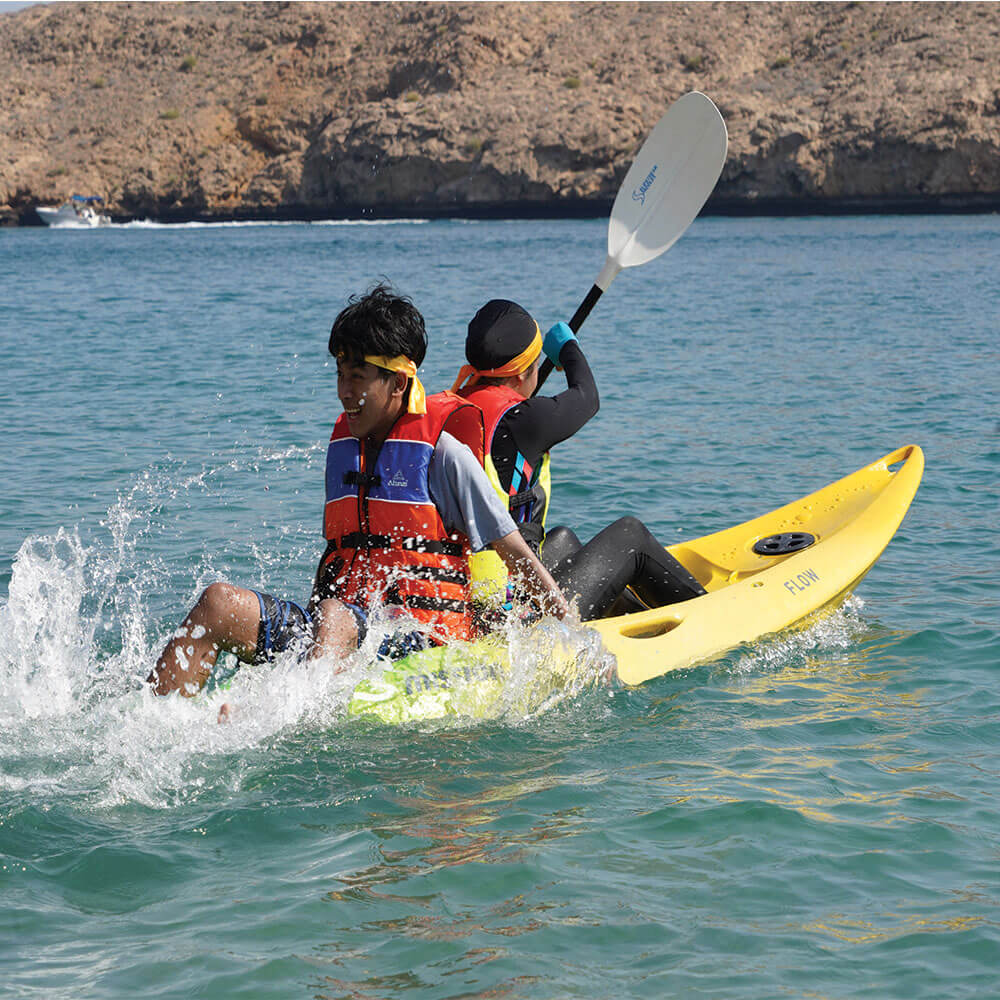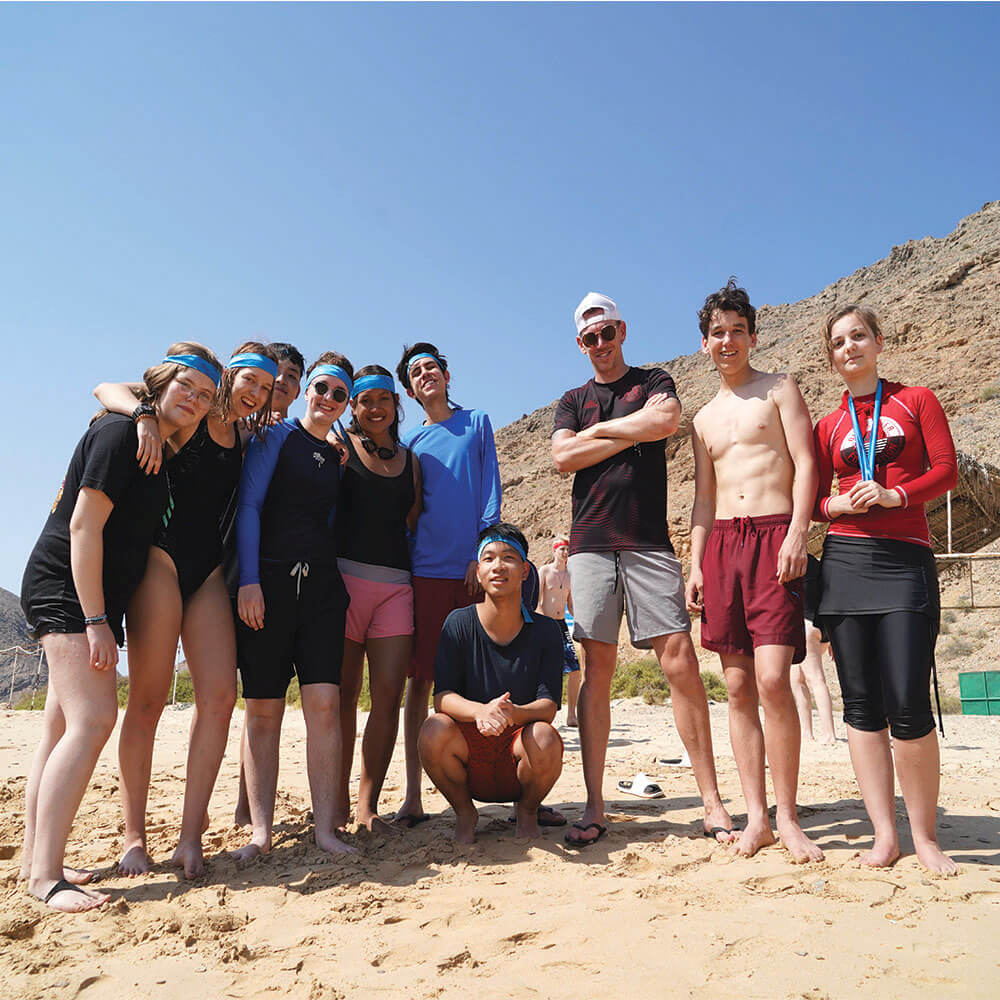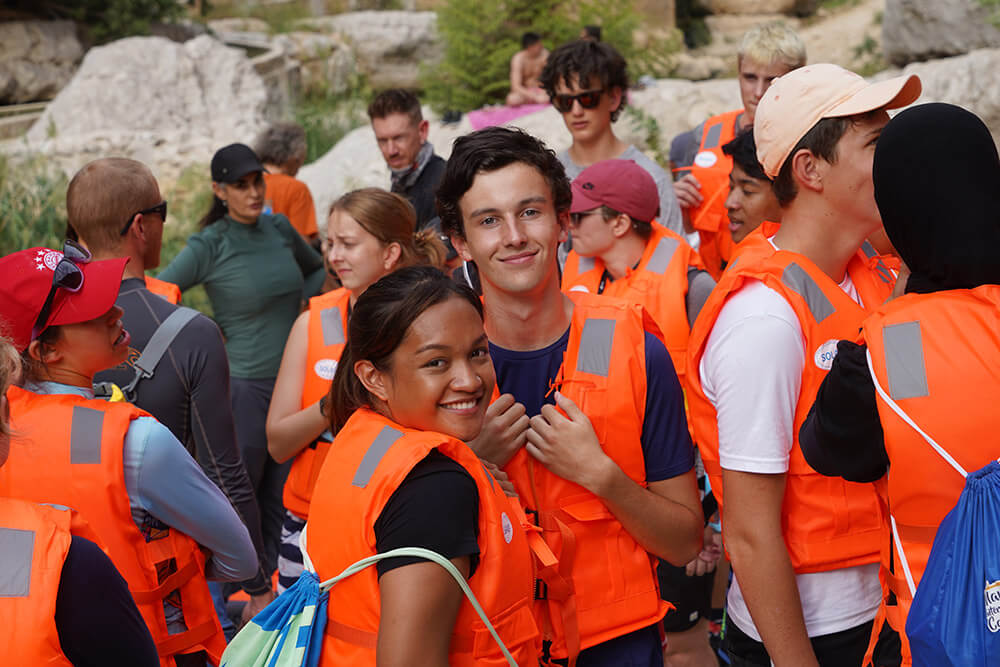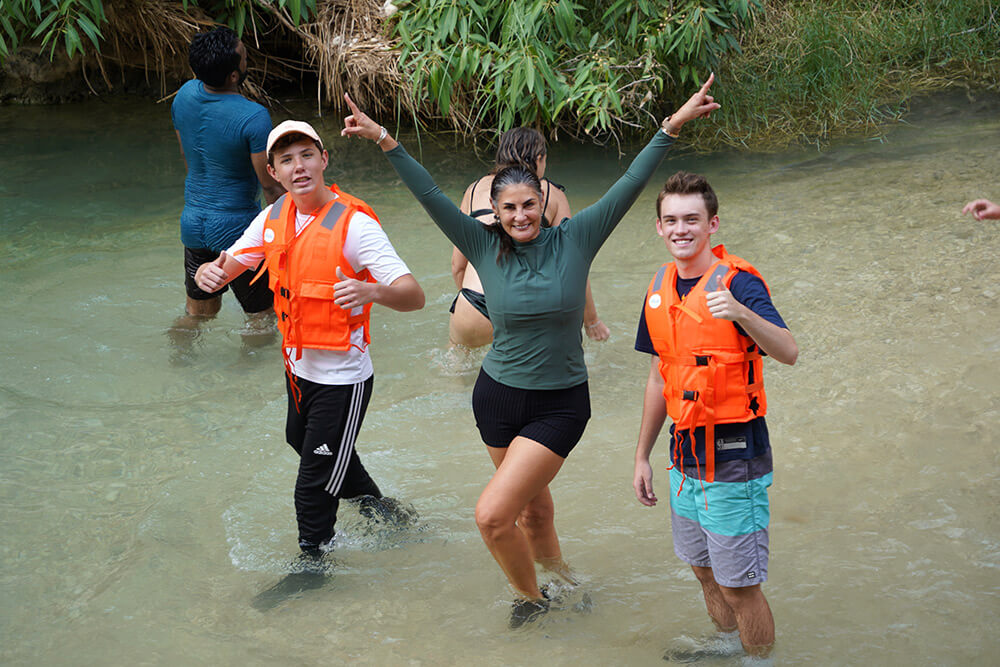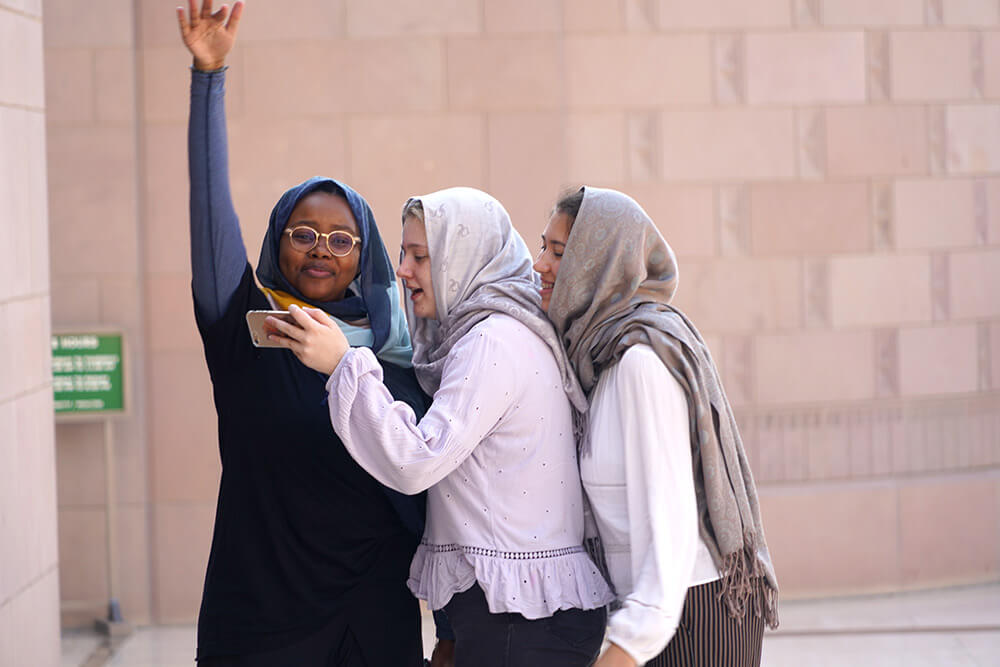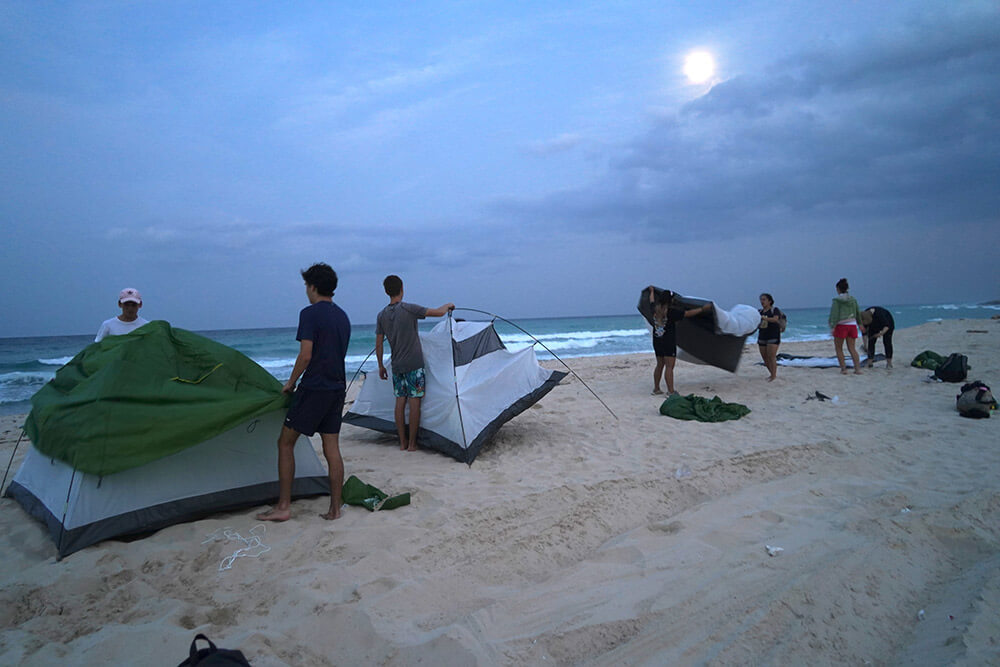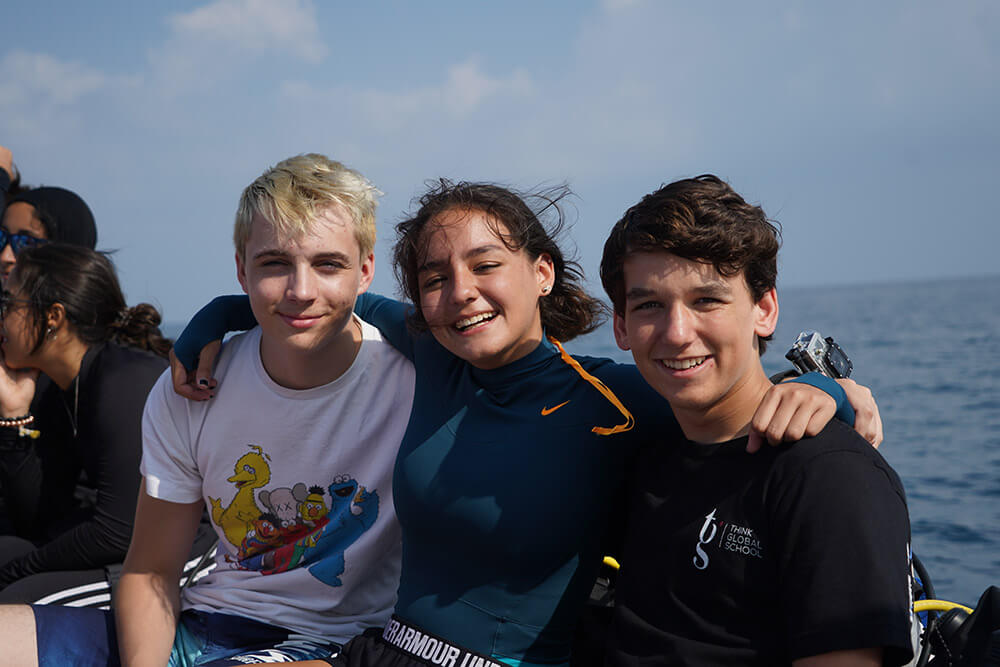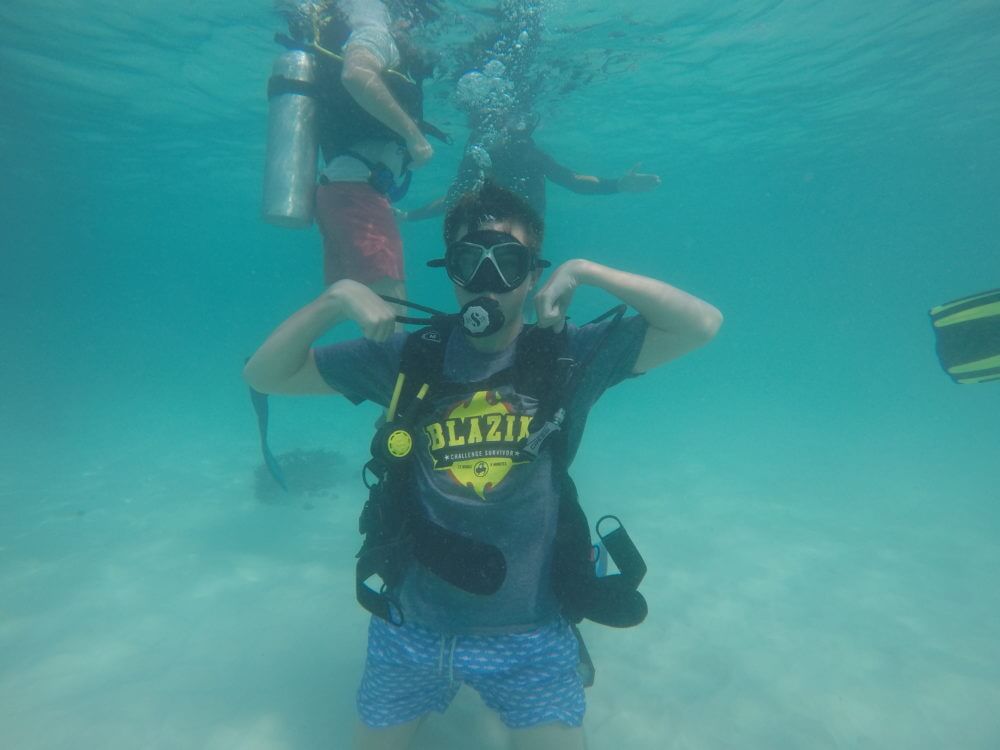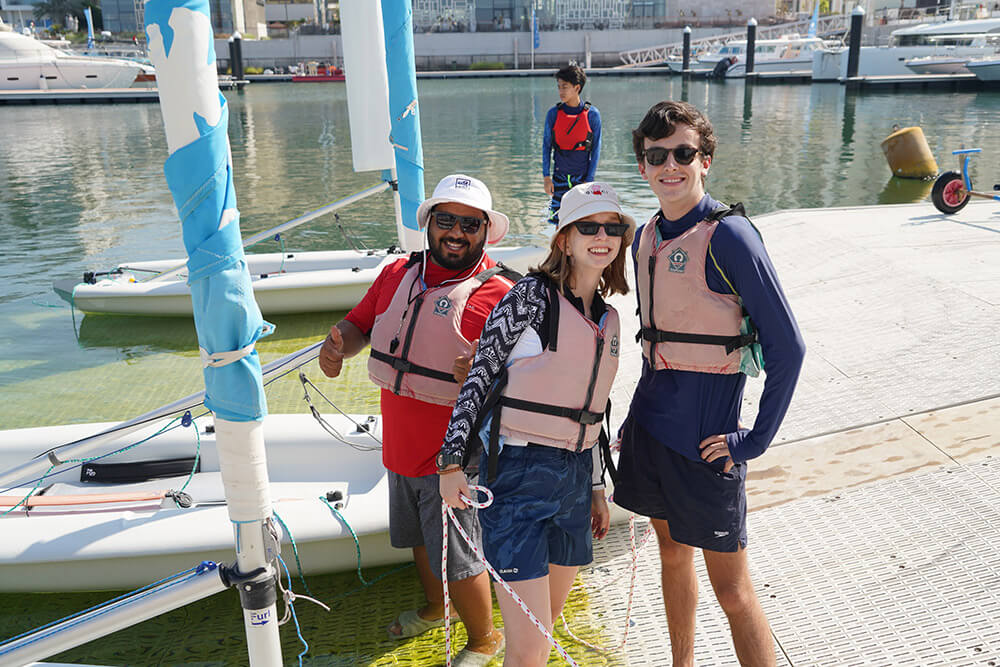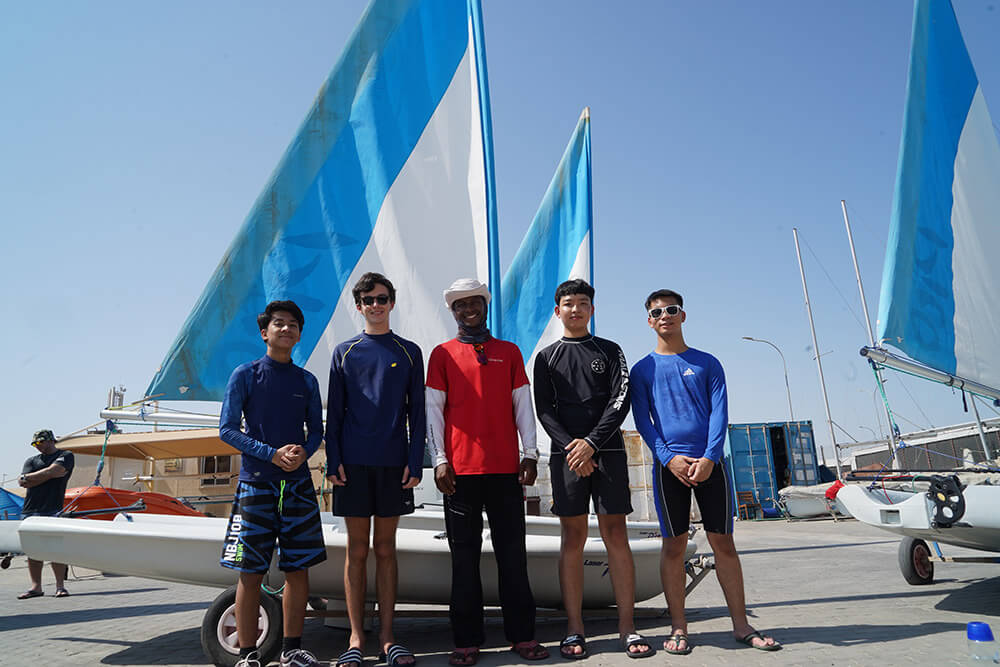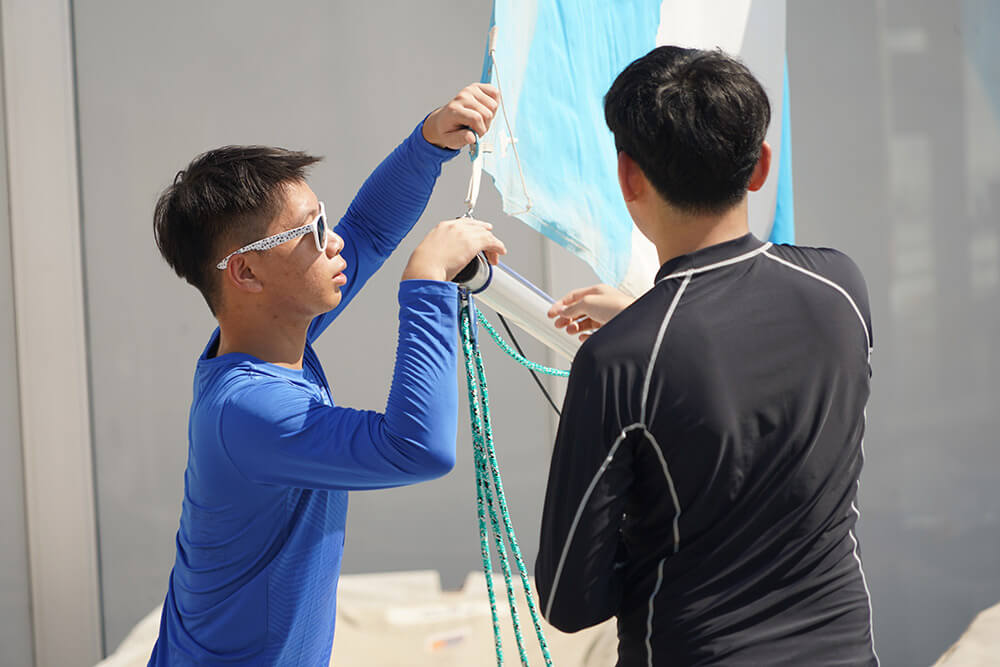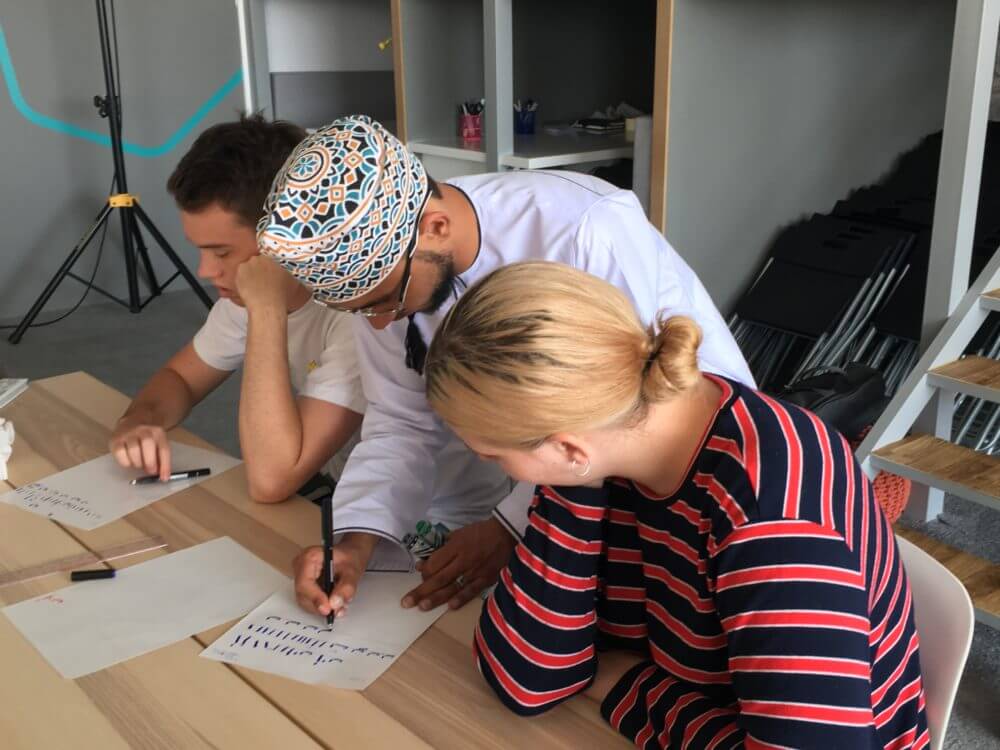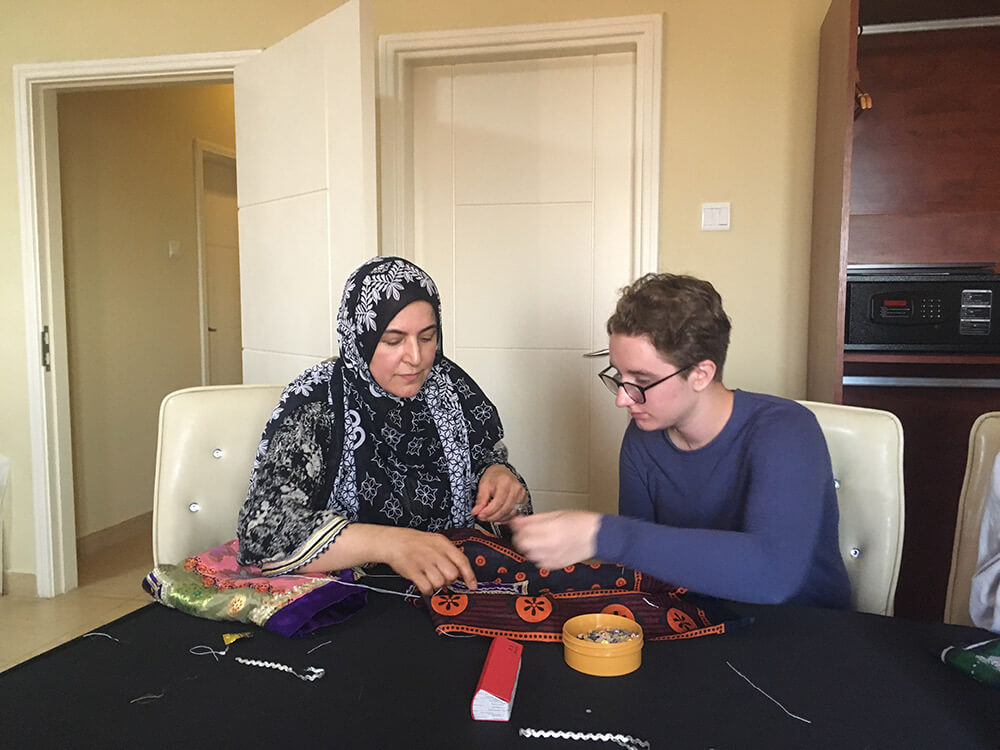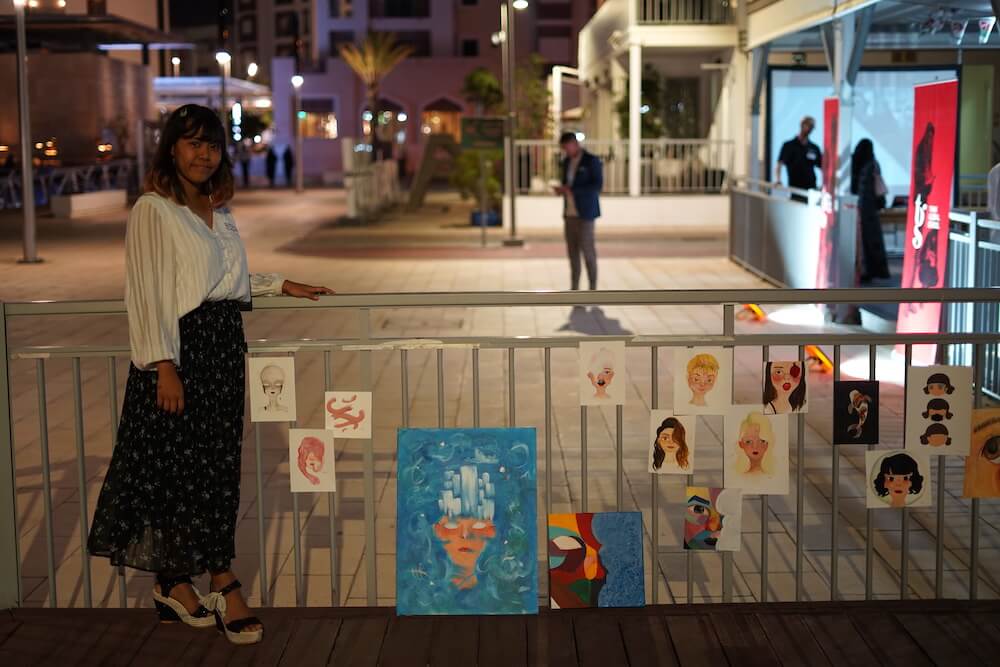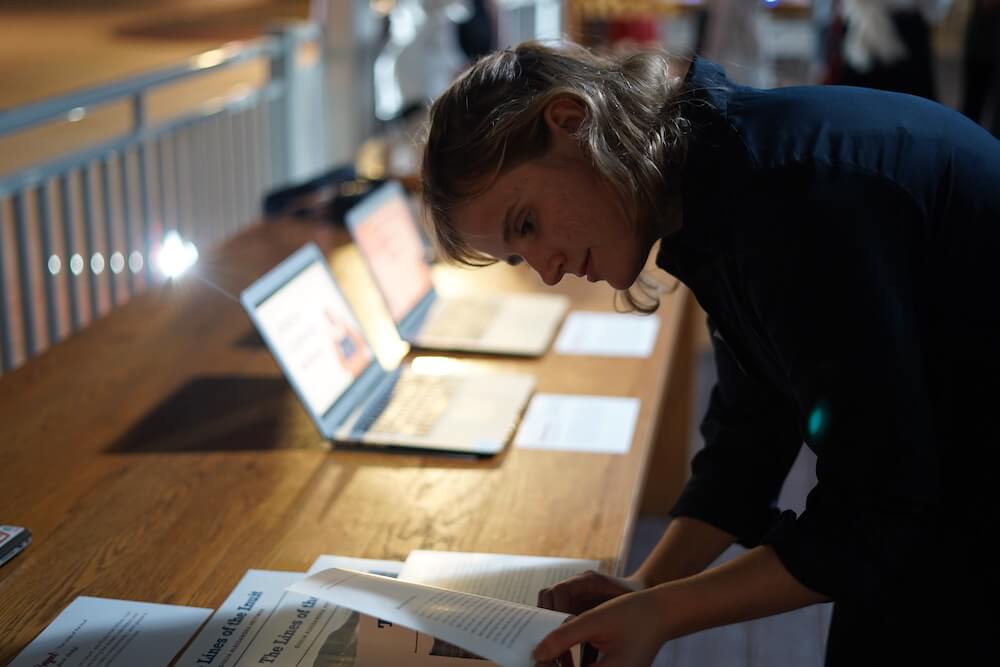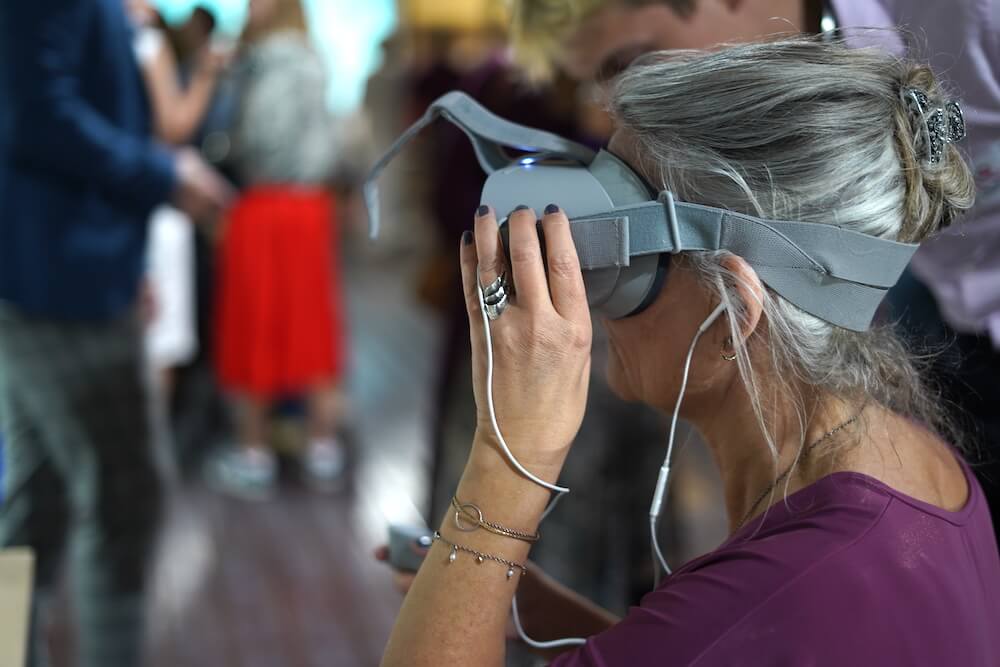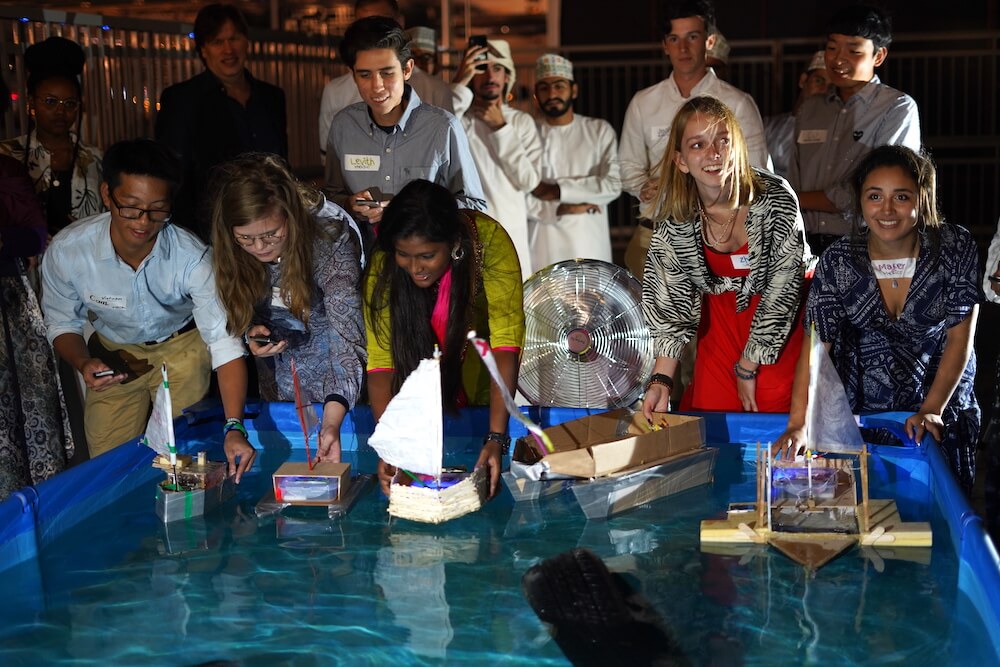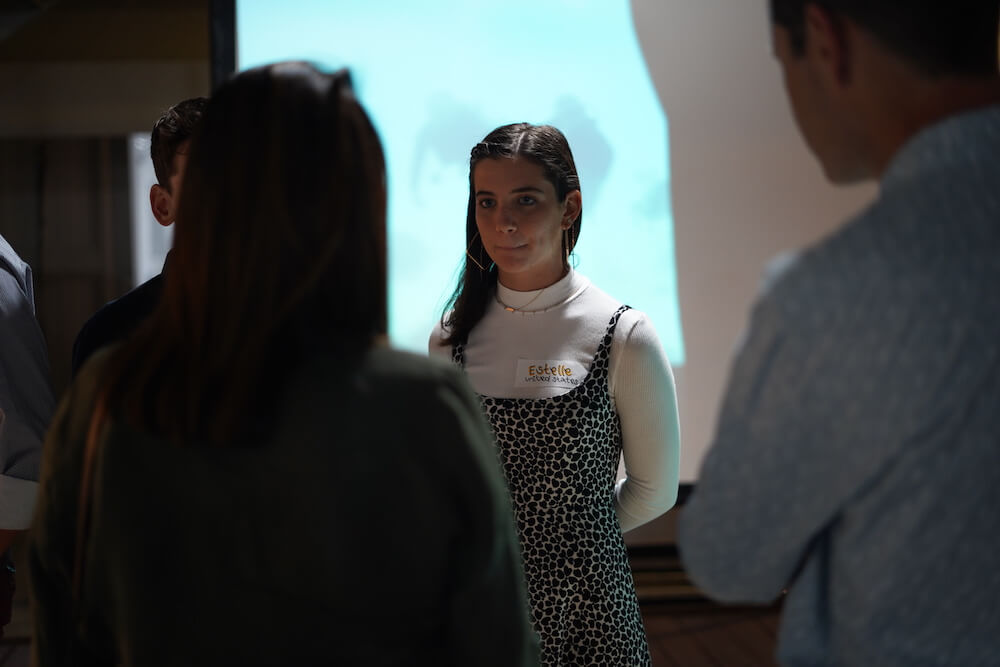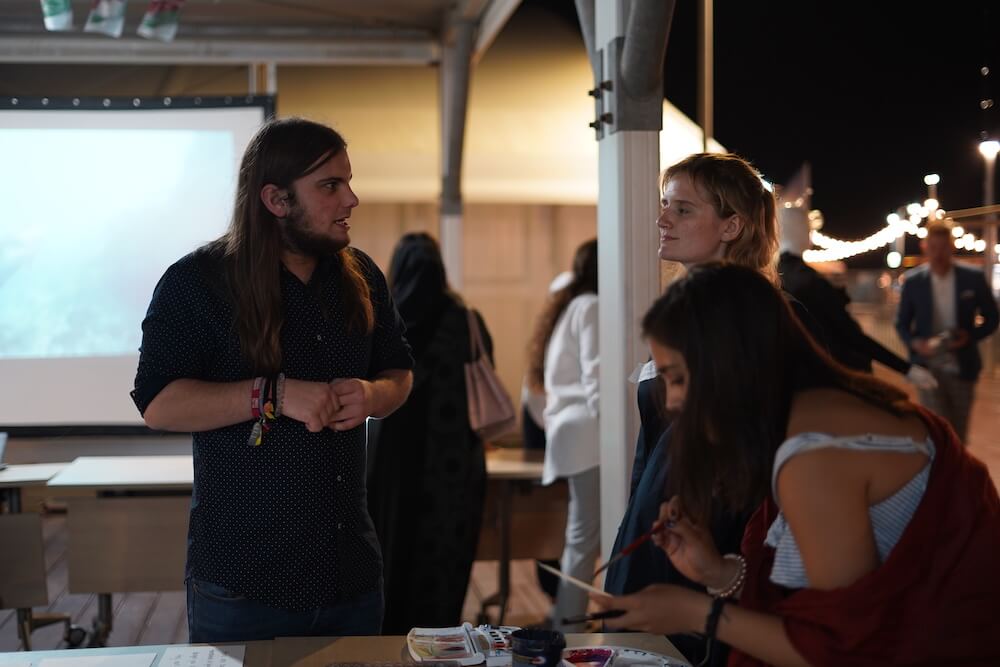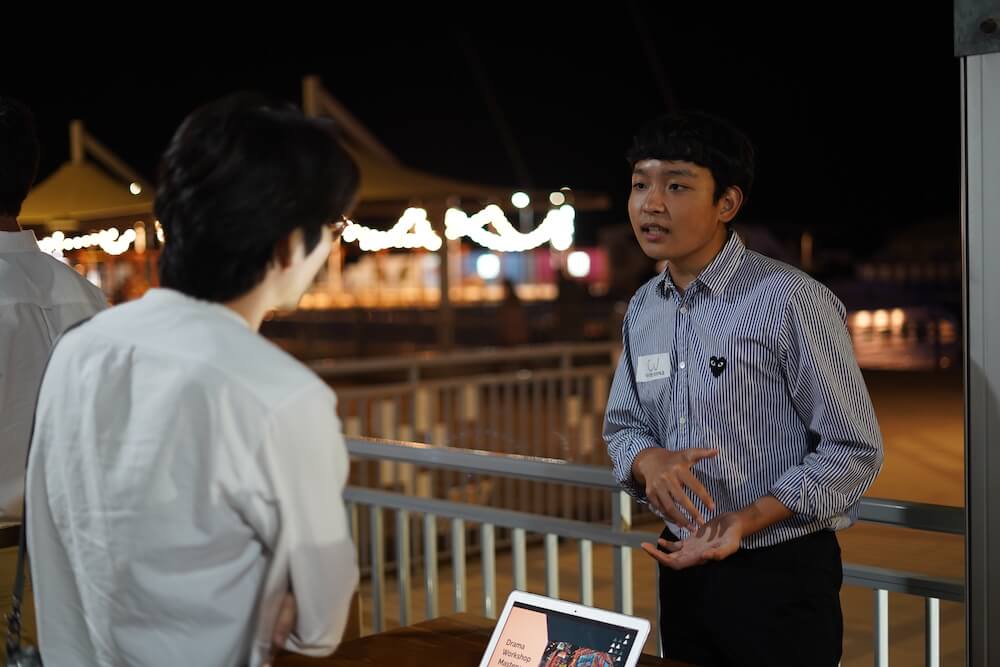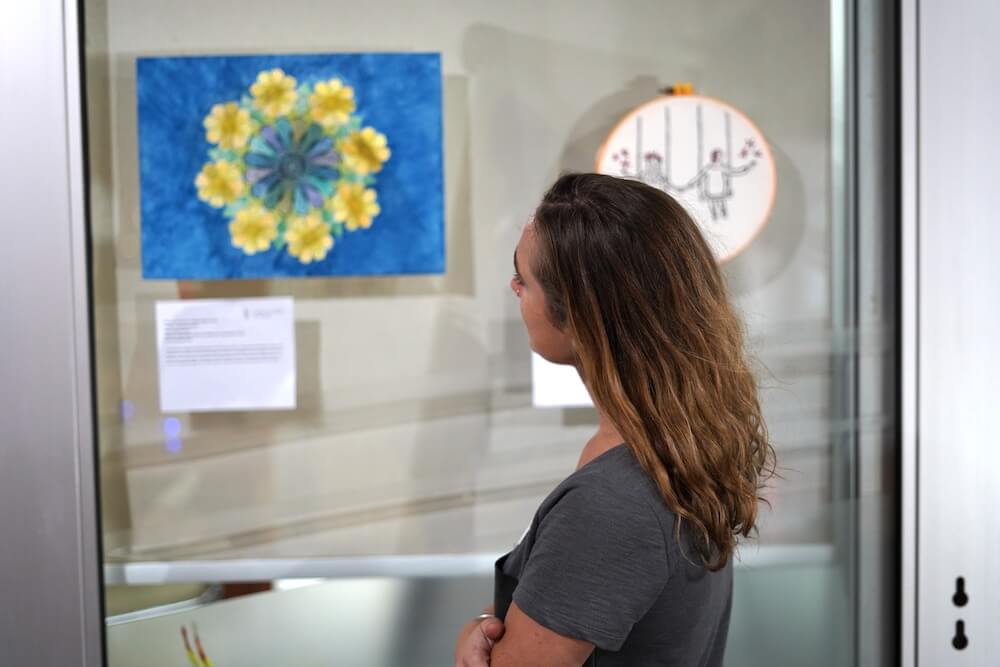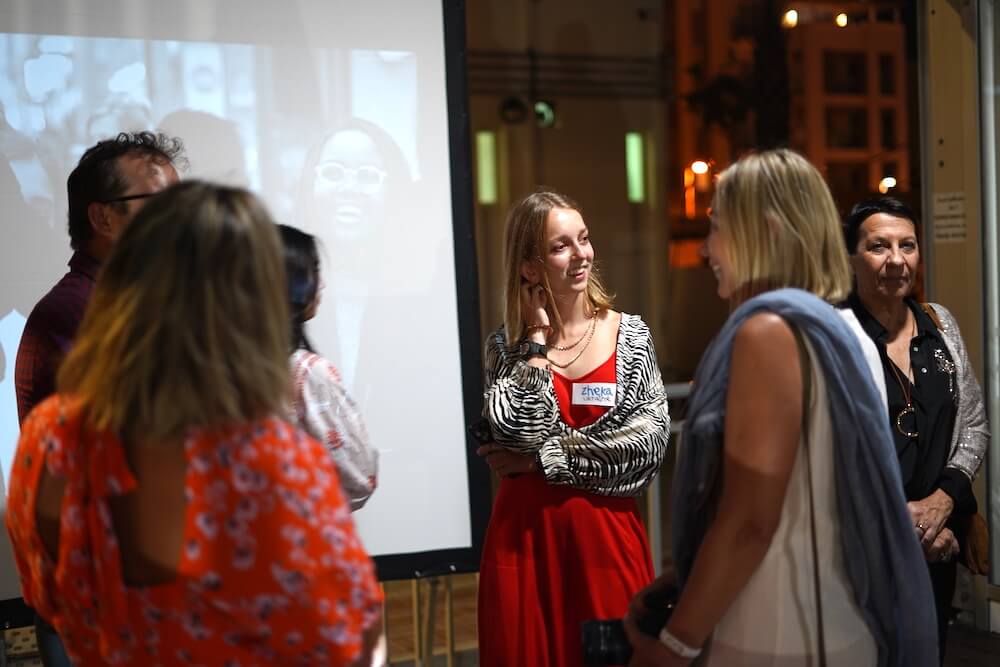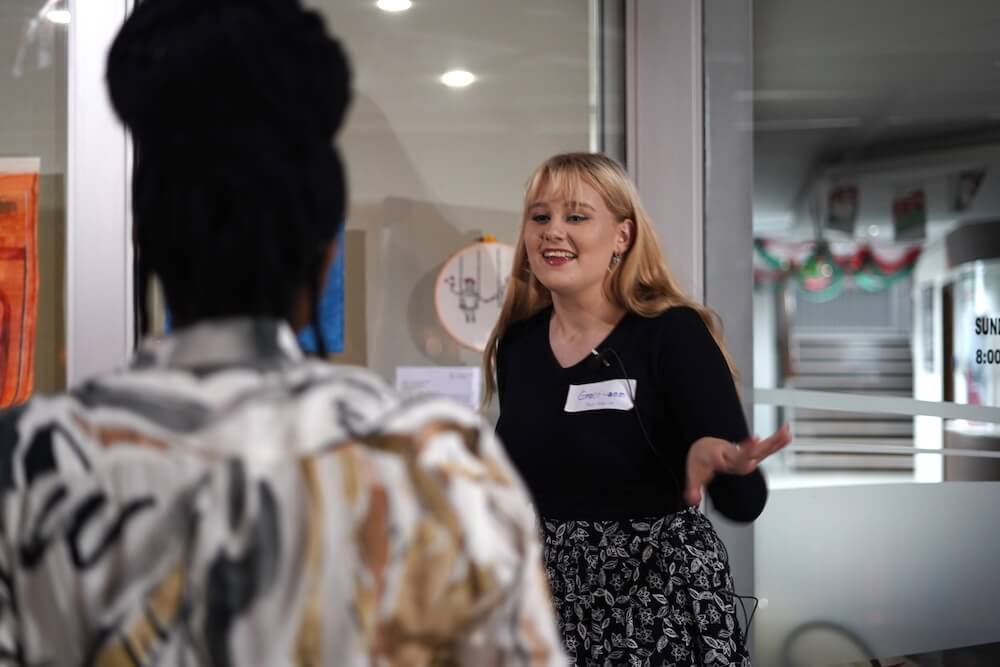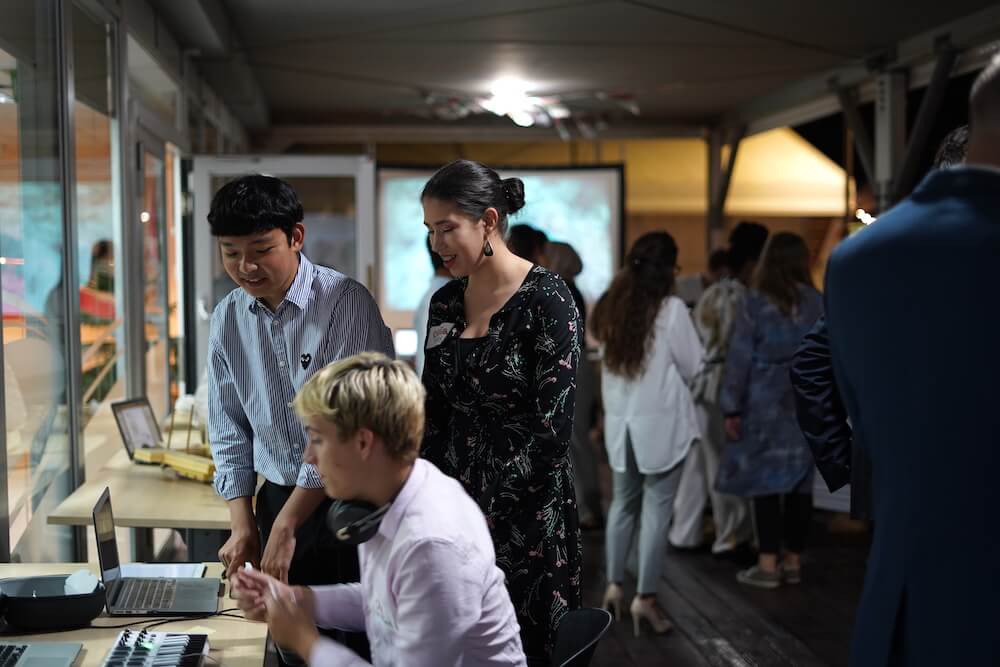As I write this, I'm waiting for our students to return from their weXplore, a five-day excursion that takes students beyond their host city for immersive cultural experiences. For the past two months, we as a school have called Maun, Botswana, our home. It's a small town on the edge of the Okavango Delta and, for many travelers, a doorway into Africa. But Maun is only one perspective, and it...
Read MoreWhile our CM1 students were down under in Melbourne, Australia, our CM2 students found themselves in a very different part of the world: Oman. The wadis, dunes, peaks, and beaches of this small seafaring nation pair nicely with the low-rise architecture of Muscat, Oman’s capital and our host city, providing the perfect environment for our students to explore Oman’s culture, history, and issues.
Orientation
Shortly after their arrival in Muscat, students cruised to a nearby island for their orientation, a day filled with team-building activities and a short tour on Muscat’s history. Cultural information was provided by Samih, a local guide, and host city specialist Chidi. During the orientation, students and staff familiarized themselves with some of Oman’s social staples by sipping traditional cardamom-scented coffee, eating local dates, and taste-testing Oman’s most famous trading product, frankincense. The sun-soaked day ended with kayak races and swimming in the Gulf of Oman’s crystalline water.
As part of a mini-weXplore trip during orientation, students took advantage of Oman’s many opportunities to go camping through an excursion to Fins beach, located roughly two hours south east of Muscat. On their way to the beach, they stopped to marvel at the beauty of the Sultan Qaboos Grand Mosque and swim in the freshwater pools at Wadi Shab. The plan was to camp overnight on Fins beach, but at the last minute a massive thunderstorm rolled in and students and staff had to abandon their plan and retreat to Muscat.
Project-based Learning and weXplore Overview
Before the start of their Oman term, students opted to participate in one of three teacher-led modules: Deeper-er Learning: Marine and Coastal Studies; The Shipyard: A Marine Engineering Odyssey; and Art Stories of Oman.
Teacher-led modules provide students at THINK Global School the opportunity to focus on a topic relevant to the country they are inhabiting by answering a driving question through the form of a project. On top of these teacher-led modules, students also participate in a number of personal projects each term that provide them with the freedom to explore the topics and concepts they are passionate about. In both teacher-led modules and personal projects, students work in collaboration with educators and design their project work around a set of learning targets that are universal to all THINK Global School students. You can learn more about project-based learning at TGS here and learning targets here.
During the term, students also embark on a weeklong journey outside of their host city. These excursions, which focus on place-based learning, are known as a weXplore. weXplores provides students with opportunities to get hands-on with their learning and gain a different perspective on the key concepts related to their module.
At the end of each term, students present what they have learned during an end-of-term showcase.
Below you can find more detailed information on each of this term’s teacher-led modules.
Deeper-er Learning: Marine and Coastal Studies
Marine life is rich and diverse in the coastal areas of Oman and is becoming a great source of national pride. Through this module, participants were able to build their awareness of marine ecosystems in a way that supports marine life sustainability through the lens of artificial intelligence.
Through their project work, students sought to answer the following driving question: How can we use AI technologies to enhance Marine Studies? by designing an application of deeper learning or machine learning with justification to enhance data collection and marine studies.
During the module, students engaged in marine studies by collecting data while SCUBA diving. After earning their open water SCUBA certification, students learned and applied marine scientists’ current practices of data collection to identify patterns of reef health, with their data collection skills being based on aspects of ecology, environmental science, stewardship, and civil engineering.
In order to gauge the health of the reef, students used deeper learning and machine learning to process the data they gathered on their dive excursions. This new technology was then adapted to current methods of science data collection and analysis to further the impact of marine studies.
Learning Targets
During this module, students concentrated on increasing their knowledge in the following learning targets and 21st-century skills:
- Applied Sciences and Technology: Scientific Concepts
- Applied Sciences and Technology: Applied Experimental Science and Problem Solving/Methods
- Human Systems and Stewardship: Environmental Law
- 21st Century Skills: Critical Thinking
Summative Assessment and Learning Targets:
During this module, students concentrated on increasing their knowledge in the following learning targets and 21st-century skills:
- Adaptability/Managing Complexity: Modify one’s thinking, attitudes or behaviors to be better suited to current or future environments
- Risk-taking: the willingness to make mistakes
Students used their knowledge they gained from Oman’s natural environment and the time on the Daymaniyat islands to construct and finish the informative website. The website aimed to promote interested in sustainable marine tourism in Oman and to be presented to an expert panel at the showcase.
The Shipyard: A Marine Engineering Odyssey
In The Shipyard: A Marine Engineering Odyssey, students gained an understanding of how the principles of navigation, physics, and mathematics can help create the ideal marine vehicle. To do so, they actively constructed a marine vehicle by focusing on the marine engineering concepts of sailboat operation and navigation, ship design physics, and the physics of ship movement. While on land, students focused on learning the physics principles behind the various aspects of sailing including kinematics, fluid dynamics, and Newton’s Laws, which they would later apply to their projects.
During the module, participants focus on answering the following driving question: Why do the principles of navigation, the physics behind design, and technological innovations combine to build a perfect escape? by designing and constructing model-scaled vessels to face off in a series of engineering design challenges. The main focus during The Shipyard was on Oman’s traditional wind-powered vessels; however, students had the flexibility to explore vessels designs of their own choosing.
During their eight weeks in Oman, students participated in a variety of activities to help them build their understanding of marine engineering, including firsthand experiences learning how to sail, museum visits, interactions with guest speakers, and attending an oil and gas exhibition.
During their weekly sailing activities, students were introduced to its basic vocabulary terms and the five essentials that every sailor should know: balance, trim, sail setting, centerboard and “course made good.” Next they learned the skills of tacking, gybing, recovering from capsizing, and how to put the five essentials of sailing into effect. All of these concepts were considered during their final project work of building a functioning model sail craft.
For their weXplore, students applied the marine engineering skills they had learned over the previous month to sail from Muscat to Khasab in the Strait of Hormuz. This strait is crucial to the region as it allows Gulf Cooperation Council (GCC) countries to ship their oil and other exports around the world. Students were able to apply their sailing acumen, navigation skills, and geometrical understandings to undertake a journey that likely took place in the times of Majan.
Sample Learning Targets:
- Scientific Concepts
- Applied Experimental Science and Problem Solving/Methods
- Mathematical Reasoning and Modeling: Geometry
- 21st Century Skills: Creativity
Art Stories of the Pearl of Arabia
Students in this module explored the rich Islamic art culture of Oman, including calligraphy, geometric design, and architecture. Students had the opportunity to simultaneously explore the society and culture of Oman while discovering a living museum of the past and social hubs of the present. The driving question of this module was “How can we apply traditional Islamic art techniques to celebrate an artistic narrative on the past, present, or future of Oman?”
In Muscat, students had the opportunity to attend an art workshop at Al Rudha, a co-working space focused on creativity and entrepreneurship. The workshop included lessons on calligraphy, creating textiles, and listening to a guest speaker. Student’s had the honor of having a local illustrator and artist, Ibtihaj, present on Islamic versus non-Islamic art and demonstrate some of her illustrating techniques.
Students also traveled outside of the city to Bait Al Safah, a living museum to see traditional methods of cooking and living in rural Oman. This knowledge was later incorporated, in addition to the things they observed about architecture and traditional clothing, into their own art pieces.
Learning Targets
- Self-development & Social Intelligence: Leadership and Community
- People and Cultures: Human Geography
- Interpretation & Expression: Creation of an Original Piece
- Using multiple sources for critique and feedback
- Demonstrating a sense of an artistic whole
Showcase
For the final showcase students set up booths where they shared their projects and design processes with local guests. By having a less formal showcase, not involving a formal presentation, students were able to reach new audiences and make more authentic connections with host communities.
